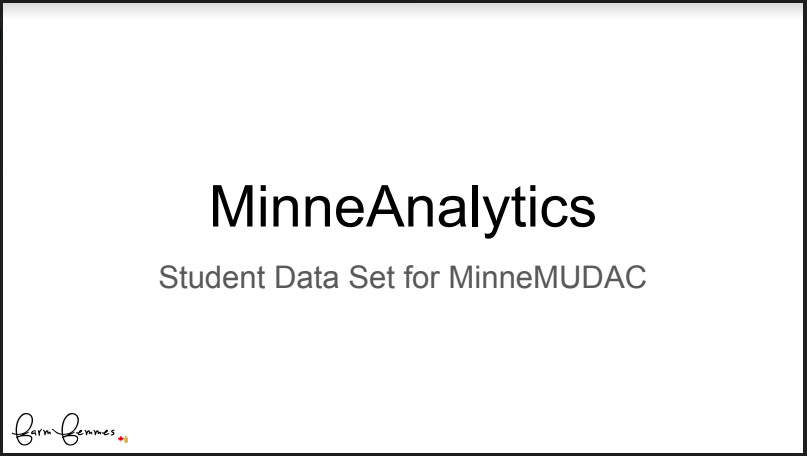MinneMUDAC 2019
Fall Student Data Science Challenge
Challenge Questions & Data
We are proud to present the MinneMUDAC 2019 Challenge Questions and Data, provided by Farm Femmes. The challenge for 2019 will be predicting soybean prices. A decision on what price to sell at, especially in the volatile market of 2019, is important. Review each of the videos below for context and guidelines for this year’s challenge. Then your team can dig into the data! If you haven’t registered your team yet, you can do so here.
Context and Challenge
The Data
View the Google Drive Folder with PDF slides and all data sets here.
Q&A Webinars:
Evaluation Rubric:
Please Note:
-
The prediction component of the competition has been modified to the following: Accuracy of prediction will be determined using absolute error in the commodity closing price of soybeans over 5 consecutive trading days for three future contract dates. The consecutive trading days will be Nov 4 – Nov 8, 2019. The three future contract dates will be March 2020, May 2020, and July 2020. Predictions will be submitted on Nov. 4.
- Teams may use any of the data sets, as well as exploring outside publicly-available data sources. It is expected that higher-level divisions use the data sets of the lower divisions, and Graduate Division teams are expected to utilize additional publicly-available data.





